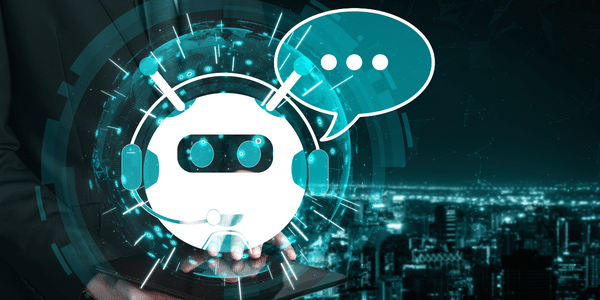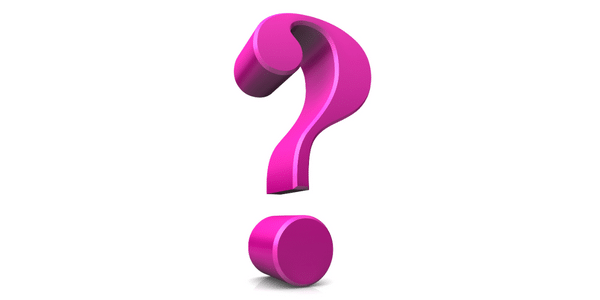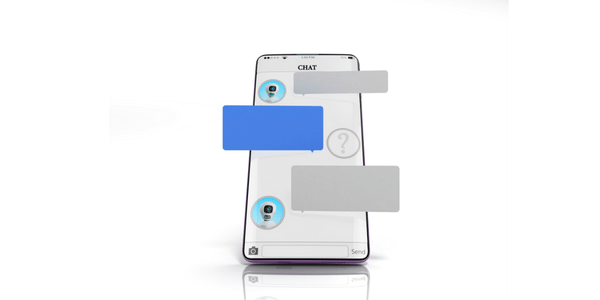Address
304 North Cardinal St.
Dorchester Center, MA 02124
Work Hours
Monday to Friday: 7AM - 7PM
Weekend: 10AM - 5PM
Address
304 North Cardinal St.
Dorchester Center, MA 02124
Work Hours
Monday to Friday: 7AM - 7PM
Weekend: 10AM - 5PM

Customized ChatGPT, an advanced adaptation of OpenAI’s groundbreaking GPT-4 language model, heralds a new era of personalized artificial intelligence. Unlike its predecessors, it enables users to fine-tune the AI model according to their unique preferences and requirements, creating a more relevant, efficient, and engaging conversational experience.
Utilizing state-of-the-art machine learning algorithms and natural language processing capabilities, a customized ChatGPT allows for a wider array of applications, from bespoke customer support to tailor-made learning assistants. It contributes to a deeper and more intuitive human-AI interaction.
In the wake of the growth of AI, customizing ChatGPT has become an integral part of many AI strategies. This customization is achieved through document embeddings, which provide richer context to ChatGPT, making it more effective for your domain-specific applications.
Many people contact us and ask,
“How do I customize my ChatGPT with my own data?”
The first step involves creating an embedding database. This can include your data, such as FAQs, help documents, transcripts, case studies, research papers, and websites. The data is converted to numerical vectors representing the semantics of your documents, forming the basis for customizing your ChatGPT.
The next step is to train your RAG model using these embeddings. The process is two-fold:
This allows your ChatGPT to provide highly specific, context-aware responses.
A key step in creating a winning AI strategy involves adding context to user queries. When a user prompts a question, you create an embedding for that prompt, search the embedding database for the document nearest to the prompt embedding, and provide this context to ChatGPT.

Every interaction with ChatGPT begins with a prompt. The prompt not only initiates the conversation but also sets the direction and context for the model’s response. Carefully designed prompts can yield specific and contextually relevant responses from ChatGPT.
For instance, if you’re customizing ChatGPT to handle customer service for a software company, you can prepend your prompts with specific information about the company or the software.
This would look something like this:
As a customer service representative for [Your Software Company], how would you respond to a customer having issues with installation?
With careful prompt engineering, you can significantly increase the relevance and usefulness of ChatGPT’s responses.
After customizing and fine-tuning the ChatGPT AI writing assistant, thorough testing is conducted to ensure its performance meets the desired standards. Once validated, the customized model is ready for deployment in real-world scenarios.
One such use case with immense potential is a customized ChatGPT AI writing assistant.
It is important to note that managing the size of documents fed into the model is crucial due to the limitations on the amount of context data it can handle effectively.

The amazing benefits of AI extend into sectors like healthcare. For instance, a custom AI chatbot can be a game-changer. It can assist patients with information, provide timely reminders, or answer questions about specific treatments. It’s a peek into the future, where large language data models and OpenAI combine to create specific and trained applications.
What about alternatives? For those seeking custom GPT alternatives, dozens of other AI models to choose from exist. Yet, it’s important to note that each has strengths and weaknesses. Despite this, with customization, ChatGPT often perfectly fits the bill.
Getting a customized ChatGPT with your data may sound like a daunting task. Honestly, it sounds that way because it is.
My experience is that you can get a result fairly quickly that is okay. But to get it just right takes a lot of fine-tuning, tweaking, adjusting, and modifying the vector stores to perfect it.
In conclusion, creating your own customized ChatGPT can be extremely valuable. It is an endeavor that opens doors to incredible possibilities. From AI in business to AI in healthcare, the possibilities for a customized ChatGPT are limitless. Leverage ChatGPT to have your own very contextually aware version of a chatbot.
Our team specializes in developing customized chatbots.